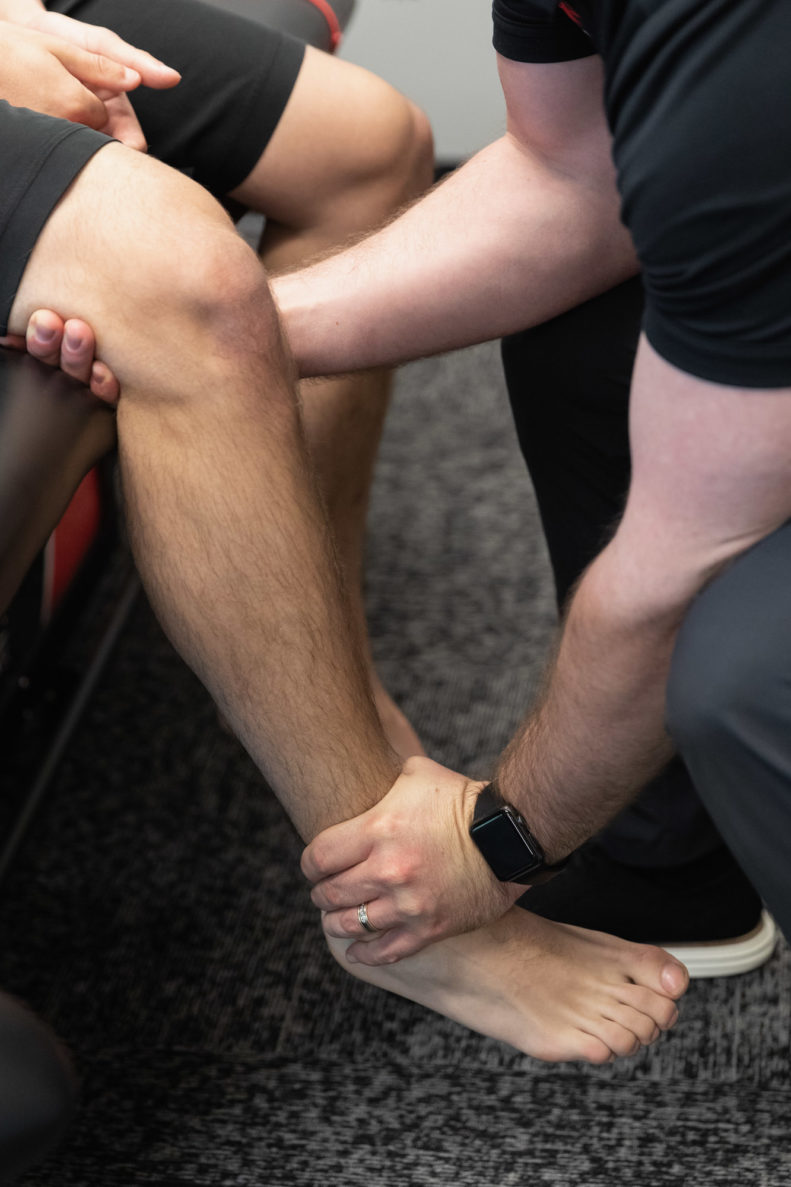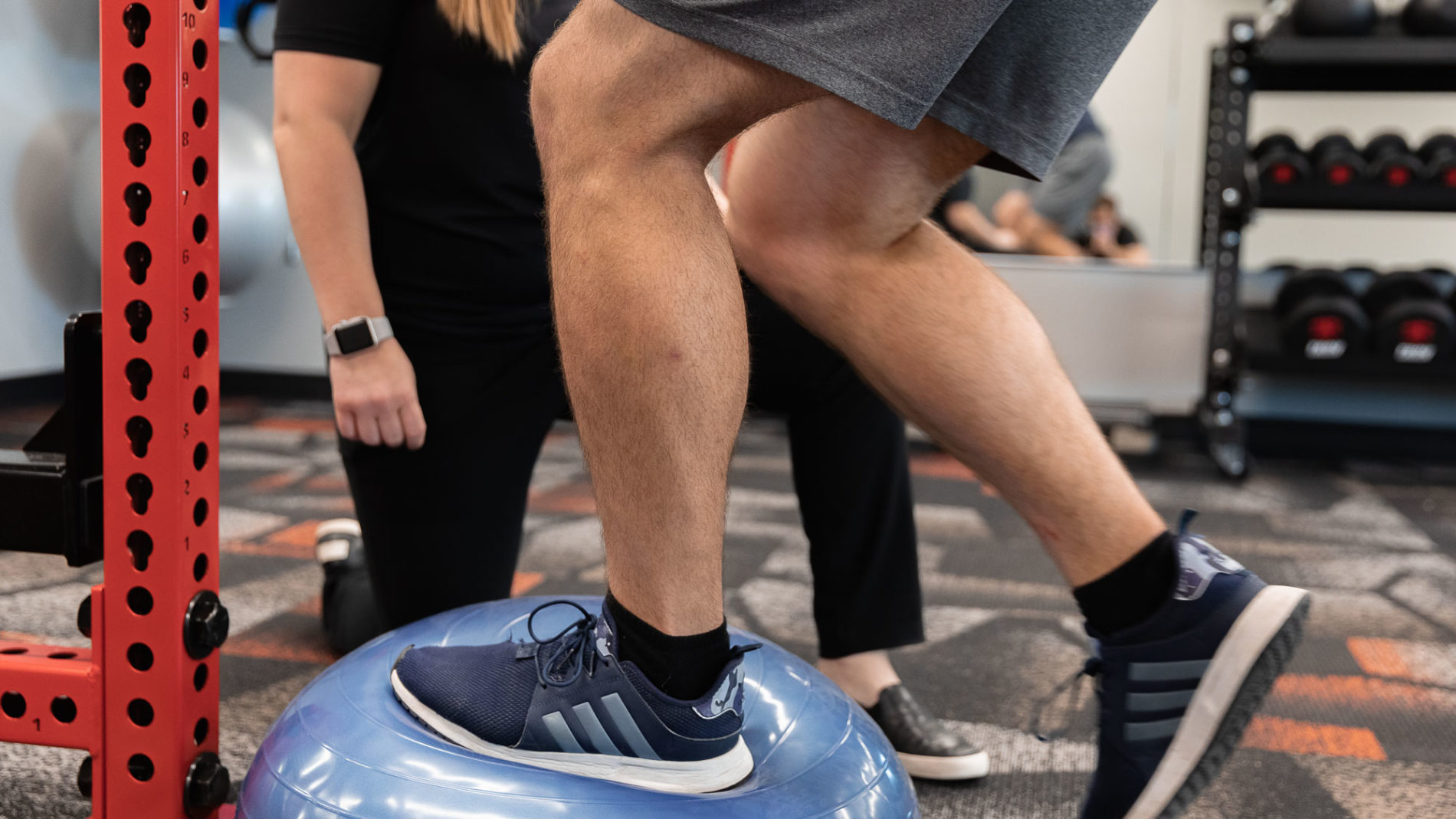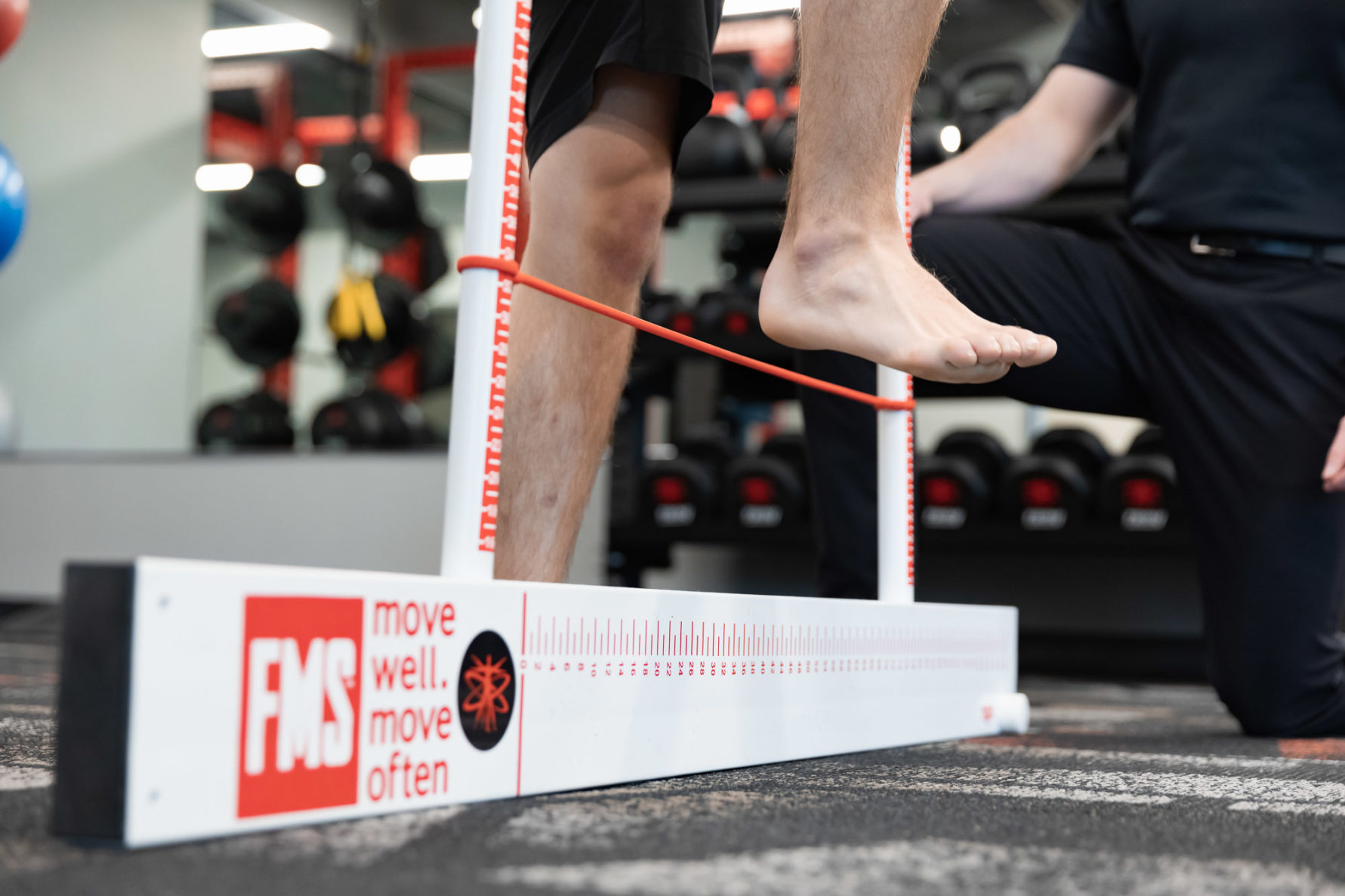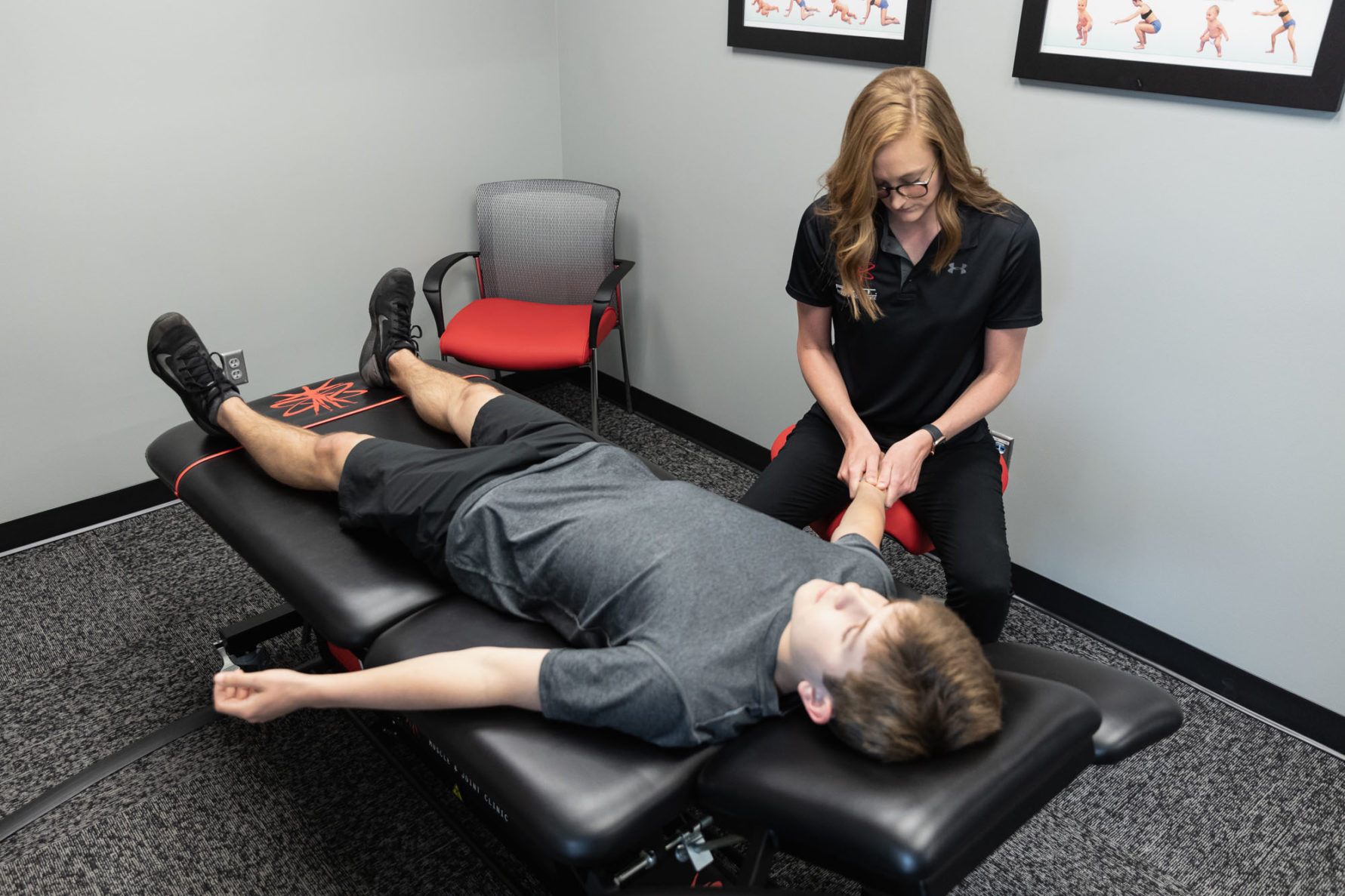
Pain affects all people at some point in their life. Whether injured playing sports, from sitting for too long, having underlying conditions, or maybe have just had pain for as long as they can remember, we all have our own experiences with pain, and our own struggles to know what truly can help alleviate pain.
With all the options and advice available, its often difficult to know how to best address your pain, but when it comes to musculoskeletal pain, physical therapists are a great option.
Pain reduction is a primary goal of physical therapy
Whether you have acute or persistent pain conditions, physical therapy is a great option to help alleviate your pain.
Pain is complex. There are 5 categories of pain mechanisms (nociceptive, central, neuropathic, psychosocial, and motor). All of these pain mechanisms can contribute to one’s pain and therefore need to be considered during treatment options. Physical therapy utilizes specific interventions to address these pain mechanisms, and in turn works to decrease pain. Therapist interventions, such as education, exercise, manual therapy, and estim can be used to target specific pain mechanisms.
Evidence shows that exercise reduces nociceptor activity by decreasing substances that are pro inflammatory and increasing substances that are anti-inflammatory.
Exercise restores normal movement of joint and tissue.
This can help remove a mechanical irritant causing pain. Exercise decreases pain enhancing molecules, increases pain inhibition, and promotes healing of injured tissues, which makes exercise particularly useful to those with nociceptive pain.
Evidence shows that manual therapy and joint manipulation activates anti pain systems peripherally. Estim is used to promote the release of anti-inflammatory molecules as well as inhibiting pain receptors. Educating patients about pain mechanisms and challenging bad behavioral habits that lead to increased inflammation and pain can help prevent pain in chronic conditions.
Because of the complexity of pain, physical therapists utilize a combination of therapy techniques to help modulate pain for their patients.
Pain is now recognized as more than a peripherally driven symptom; it is a complex syndrome that can become a disease when chronic. Whether patients present to therapy for acute or chronic pain conditions, the goals of therapy are aimed at reducing pain and restoring function. The physical therapists at F.I.T. continue to individualize treatment plans based on the condition patients present, making physical therapy a great option when it comes to addressing your pain.
References:
A Mechanism-Based Approach to Physical Therapist Management of Pain
Ruth L Chimenti,1 Laura A Frey-Law,2 Kathleen A Sluka3



